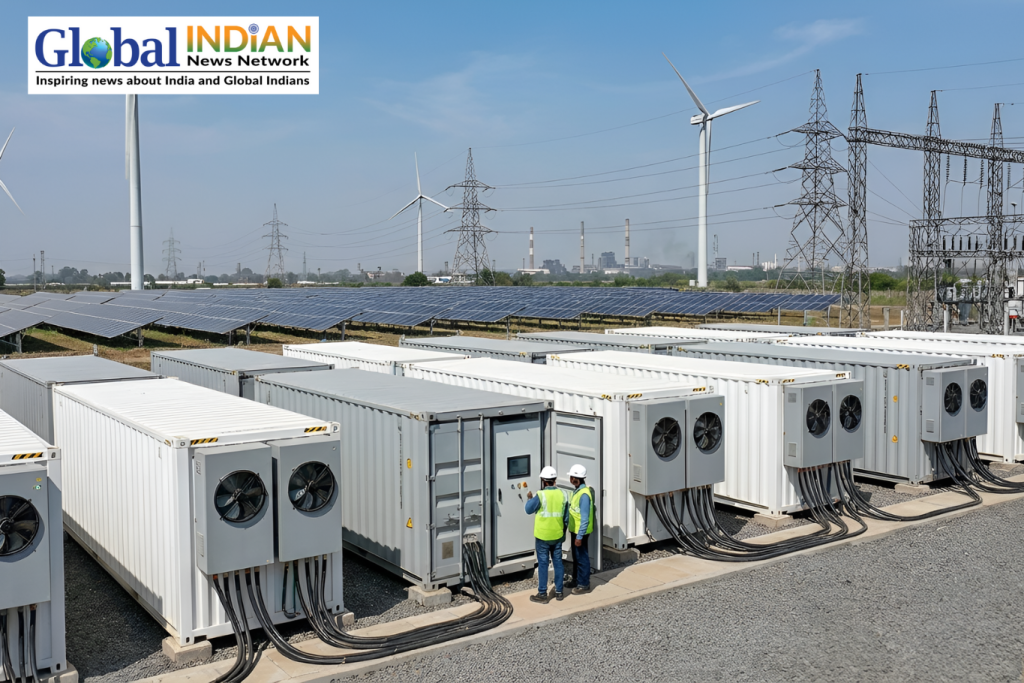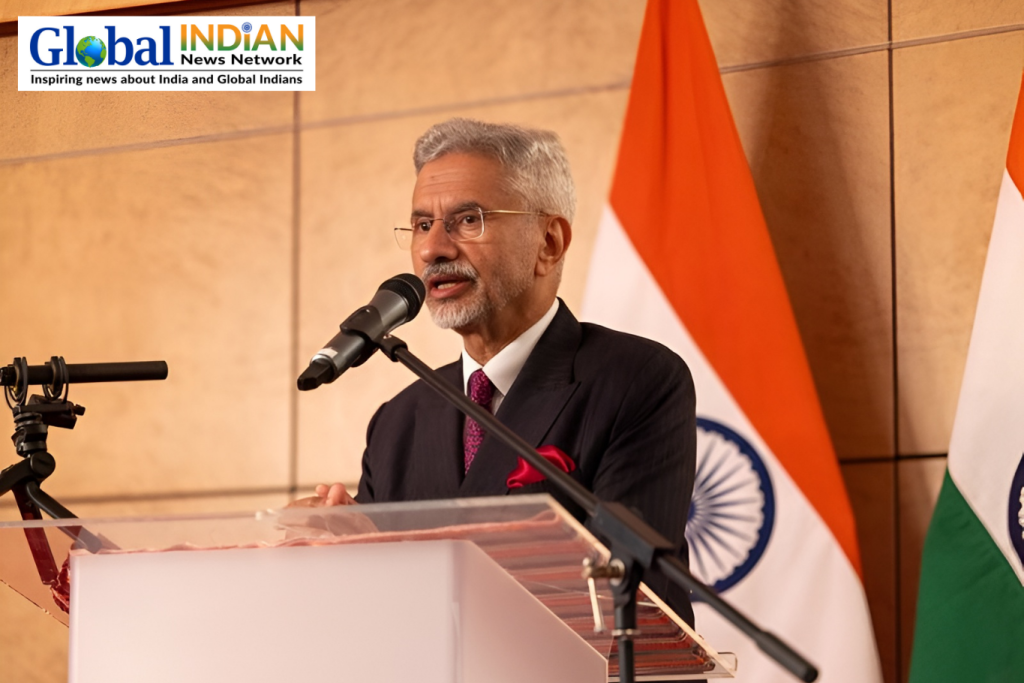
To attract investors that want to diversify their investment portfolios away from China, India has set an ambitious goal of securing at least $100 billion in FDI annually. This aim has significantly exceeded the average annual foreign direct investment (FDI) of $70 billion over the five years prior to March 2023. Speaking in an interview, Rajesh Kumar Singh of the Department for Promotion of Industry and Internal Trade expressed optimism that the target may be met in the next five years and that existing signs point to a good future, with this year’s FDI predicted to surpass $100 billion.
India is more appealing to companies using the “China plus one” strategy—which entails diversifying operations to lessen reliance on China—due to its standing as the major economy with the greatest pace of growth in the world. Renowned corporations like Apple and Samsung have already extended their production facilities in India, motivated by incentives provided by Prime Minister Modi’s government. Despite these developments, Singh notes that high interest rates and inflation in rich nations, along with increased geopolitical tensions and risk aversion toward emerging economies, explain the sluggish rise of foreign investment.
During his speech, Singh also highlighted the remarkable prospects for market expansion in India in a number of industries, such as consumer products, electronic goods, and electric cars, all of which have market penetration that is far lower than the world average. In order to encourage greater investment, he emphasized the government’s commitment to further loosening FDI laws.
In the upcoming elections that started on April 19, Prime Minister Modi has made a major pledge to increase the manufacturing sector’s contribution to India’s economy. Modi is running for a third term. The government is eager to establish India as a top international investment destination, especially for businesses looking for chances outside of China.
Foreign investors, particularly large firms like Apple, Samsung, Kia, and Airbus, have dramatically boosted their investments in India since Prime Minister Modi assumed office in 2014. India has received $33 billion in foreign direct investment (FDI) as of April 2023, compared to $71 billion in total the previous year. This year, India is expected to develop its economy at the fastest rate among major economies, with 7.3% predicted. Nonetheless, the nation continues to struggle with youth unemployment.
India’s economic structure depends heavily on foreign direct investment, which also greatly contributes to the country’s continued growth and development. FDIs provide the money that is required to support the modernization and growth of important industries, including manufacturing, services, and information technology. In addition to increasing economic activity, these investments bring in money for the government in the form of taxes and levies, which fund infrastructure and public services. FDIs are also essential to the development of India’s startup ecosystem, entrepreneurship, and technological breakthroughs.










